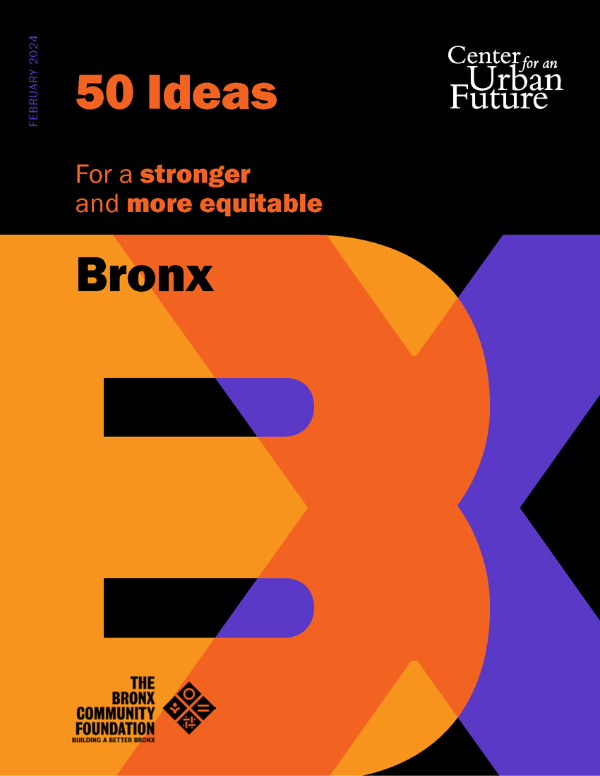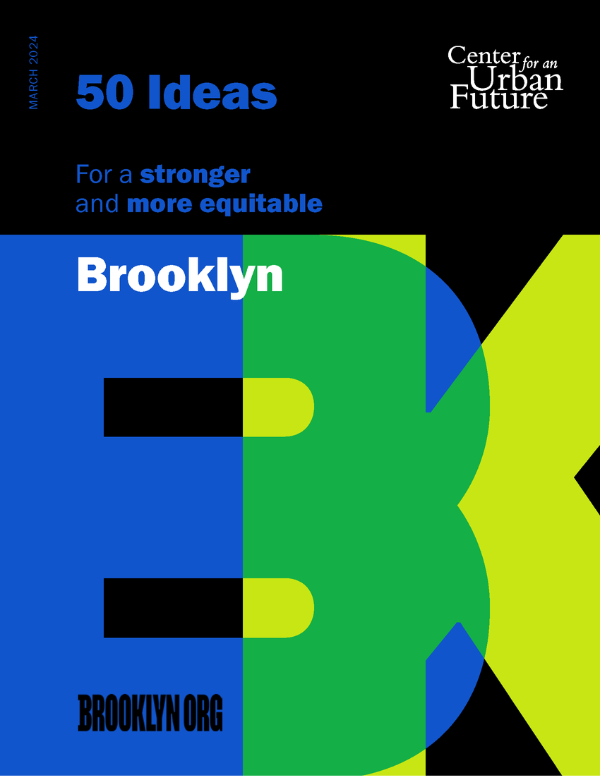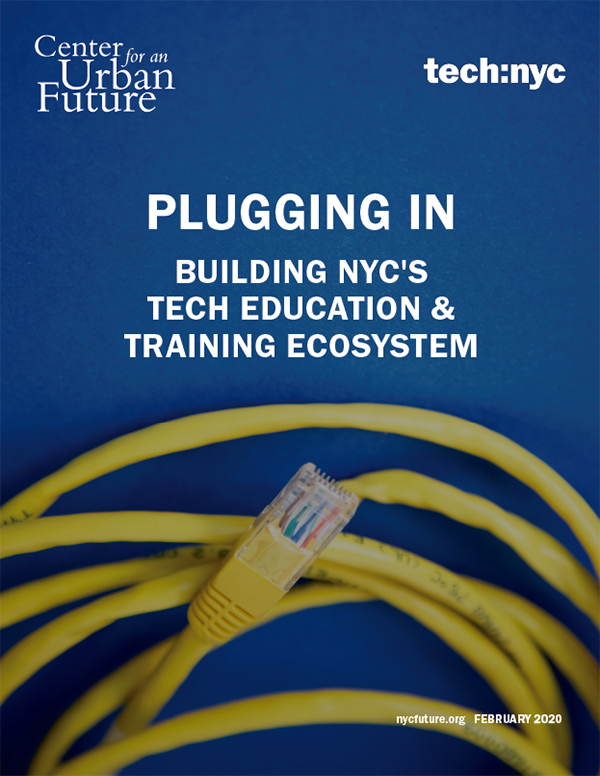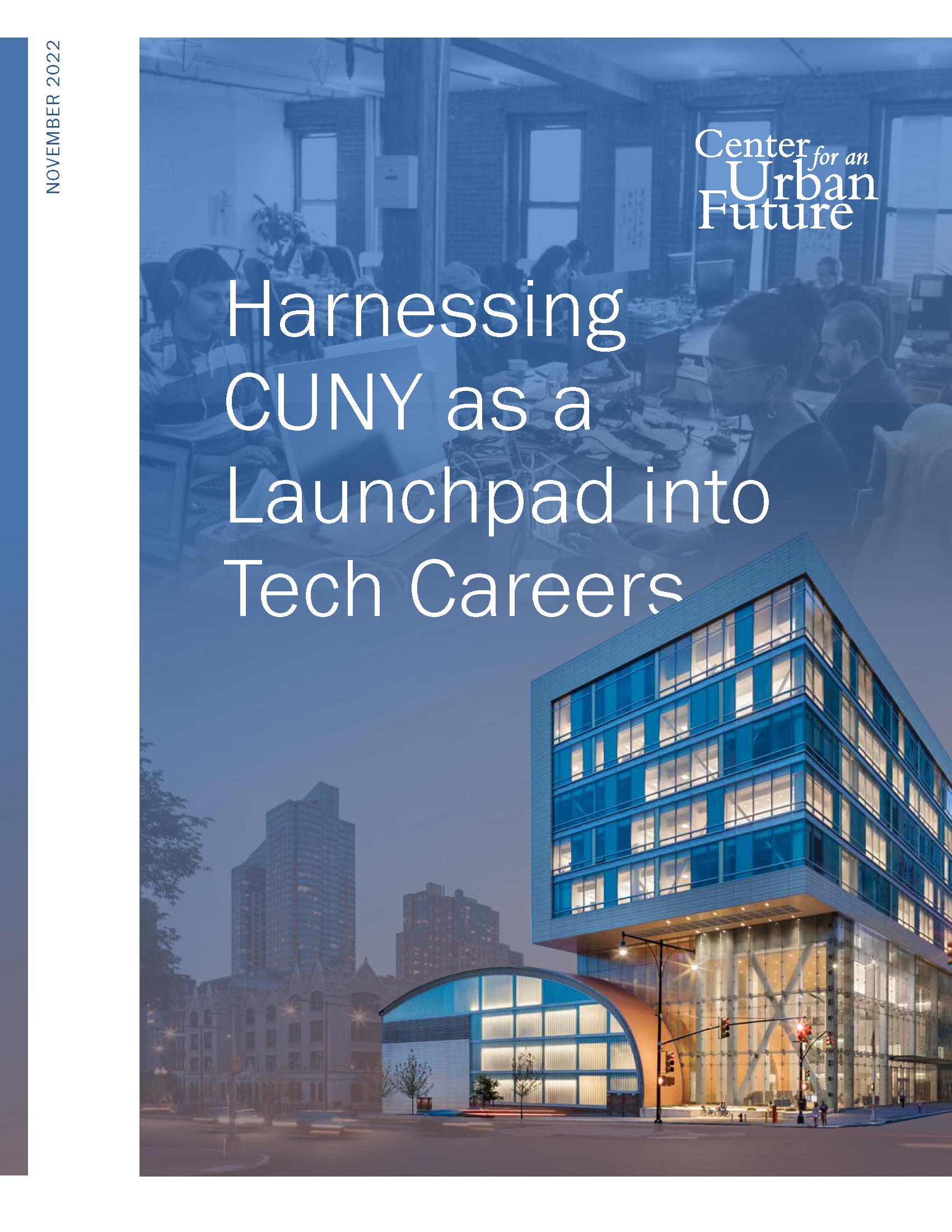The federal government’s Affordable Connectivity Program (ACP) has helped connect millions of households to high-speed internet over the past three years. As this new analysis shows, few if any places nationally have benefited as much as New York City. With full funding for the program expiring at the end of April, nearly one million households across the five boroughs are poised to lose this subsidy—with the most significant impact felt in the city’s lowest-income communities.
Launched in late 2021, the ACP was funded as part of the bipartisan Infrastructure Investment and Jobs Act. The program provides low-income and other eligible households with an up to $30 monthly subsidy that can be used to reduce the cost of broadband home internet service.1 Today, the ACP has 23 million participants nationwide—including 1.9 million households in New York State and nearly 1 million households in New York City.2 More than 4 percent of all ACP households nationally are located within the five boroughs. This data suggests that the city’s marketing efforts—including partnerships with New York City Public Schools, internet service providers, the city’s public library systems, and community-based organizations—were highly successful in generating uptake from the New Yorkers with the most to gain from participating in the program.
In total, 978,977 New York City households enrolled in the Affordable Connectivity Program. Brooklyn has the highest total number of households enrolled, with 272,517 households receiving broadband benefits. This is followed by 243,275 households enrolled in the Bronx, 224,848 in Queens, 201,142 in Manhattan, and 37,195 on Staten Island. Meanwhile, the Bronx has the highest concentration of ACP enrolled households, with nearly half of all households enrolled (43.6 percent). In both Queens and Brooklyn, around one in four households are enrolled in the ACP (24.7 percent). And in Manhattan and Staten Island, around one in five households are enrolled in the ACP (21.8 percent and 20.2 percent, respectively).3
This analysis suggests that ACP enrollment in New York City is concentrated in areas of the city that need it most, with New York’s lowest-income neighborhoods seeing the highest levels of enrollment. Fully 92 percent of the top 25 zip codes with the highest number of households enrolled in the ACP fall well below the median household income in New York City. And of the top 25 zip codes with the highest shares of households enrolled in the ACP, 88 percent have median household incomes lower than the city-wide median.4
Zooming into the neighborhood level reveals that the ACP subsidy is reaching many of the New Yorkers who need it the most. For example, zip code 10029 in East Harlem has 21,467 households enrolled in the ACP, the most subscribers of any zip code in the city. The area has a median household income of $35,640, and 31 percent of residents live in poverty, nearly double the citywide poverty rate (18.3 percent). In addition to lowering broadband costs, the ACP also appears to have boosted access: In 2019, 46.9 percent of all households in East Harlem had home broadband access. By 2022, that figure had increased to 62.7 percent.
The impacts of the program have been felt at an institutional level as well. In the fall of 2020, between 11 and 13 percent of New York City Department of Education students in each borough lacked access to adequate internet at home during remote learning.5 With the ACP, all New York City Department of Education public school families became eligible for subsidies on monthly high-speed broadband access.6
Through the Affordable Connectivity Program, the federal government has invested $552.4 million into closing the digital divide in New York City, providing hundreds of thousands of working families in New York with more affordable access to high-speed internet.7 As broadband access becomes increasingly essential for connecting with education, employment, and services—and New Yorkers grapple with a widespread affordability crisis— New York can’t afford to reverse course on making broadband more affordable. Congress still has time to act in May to reauthorize funding for the ACP and New York’s congressional delegation should lead the charge. At the same time, city and state leaders will have to do much more to expand broadband access and lower costs for the hundreds of thousands of New Yorkers who struggle to afford high-speed internet—and can’t afford to go without it, either.
Endnotes
1 New York City Mayor’s Public Engagement Unit, “Affordable Connectivity Program,” 2024.
2 Center for an Urban Future analysis of data from the Universal Service Administrative Co.
3 Ibid.
4 Center for an Urban Future analysis of data from the 2022 5-Year American Community Survey Estimates.
5 New York City Council, “Broadband and Equal Access to the Internet in New York City,” September 2022.
6 New York City Mayor’s Public Engagement Unit, “Affordable Connectivity Program,” 2024.
7 Center for an Urban Future analysis of data from the Universal Service Administrative Co.






